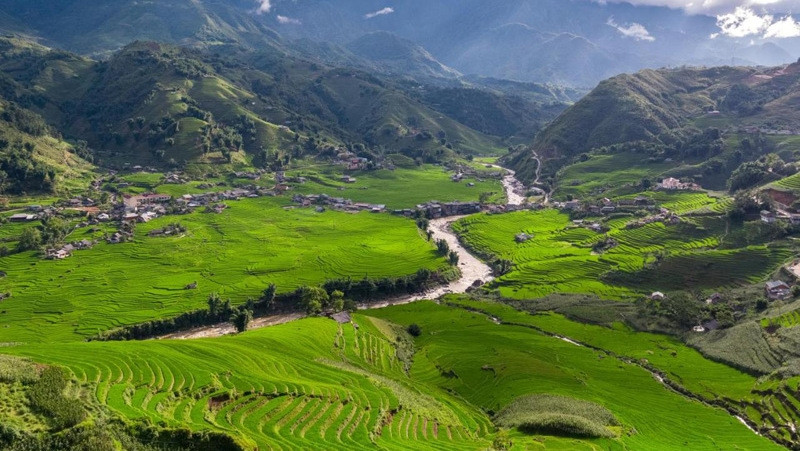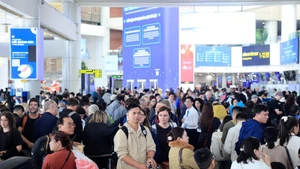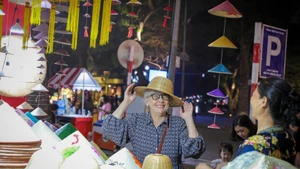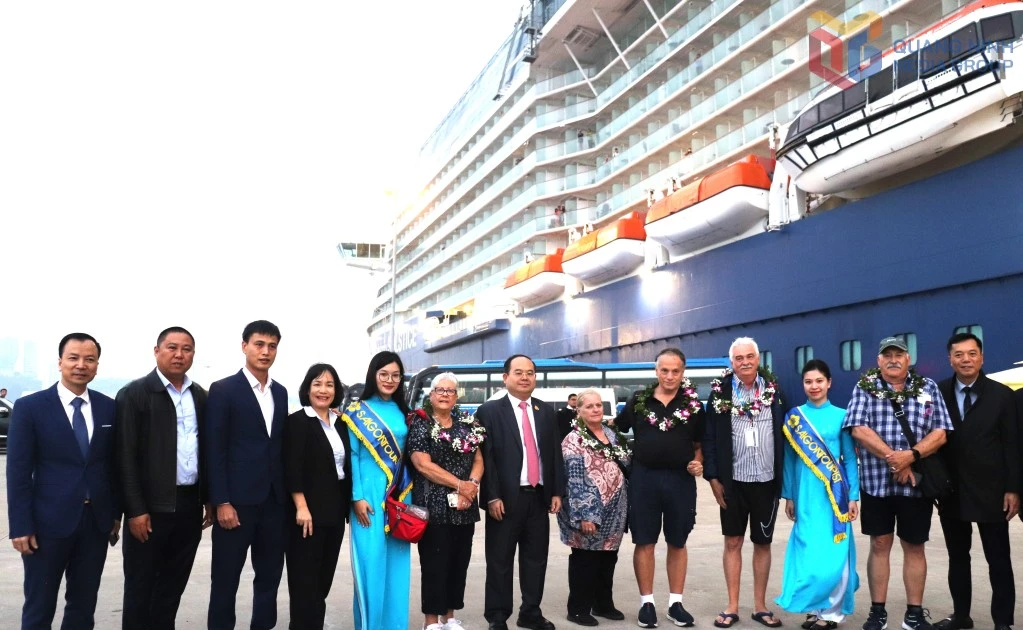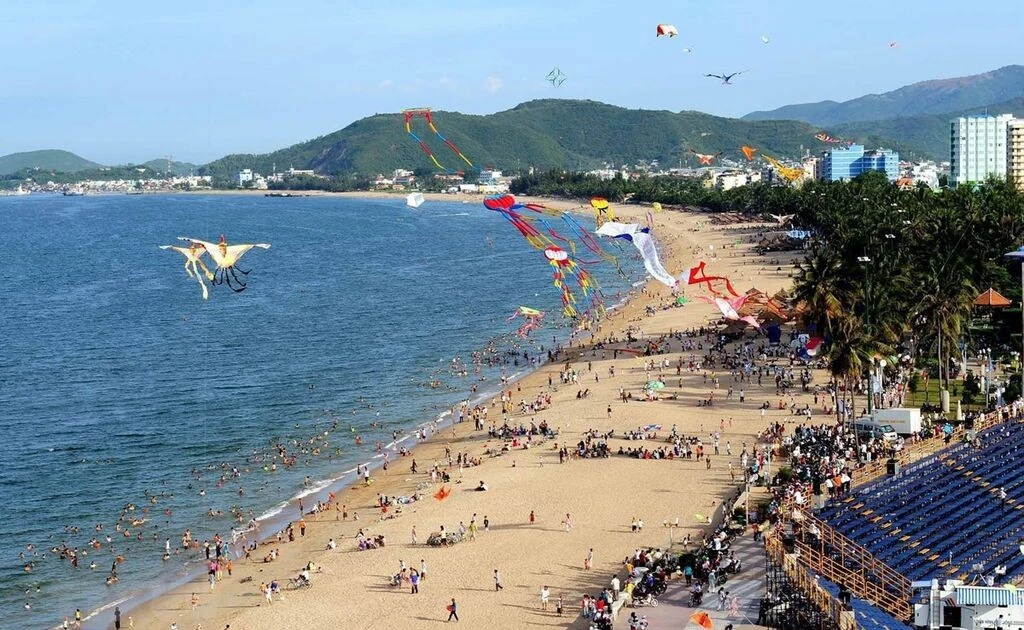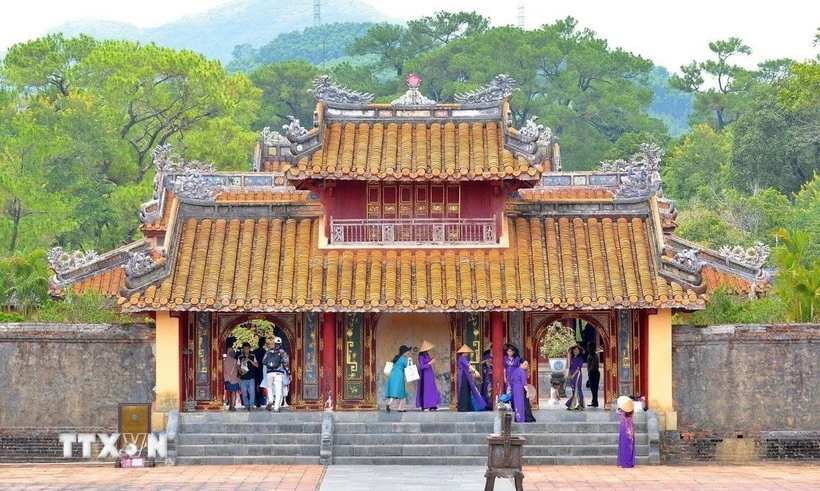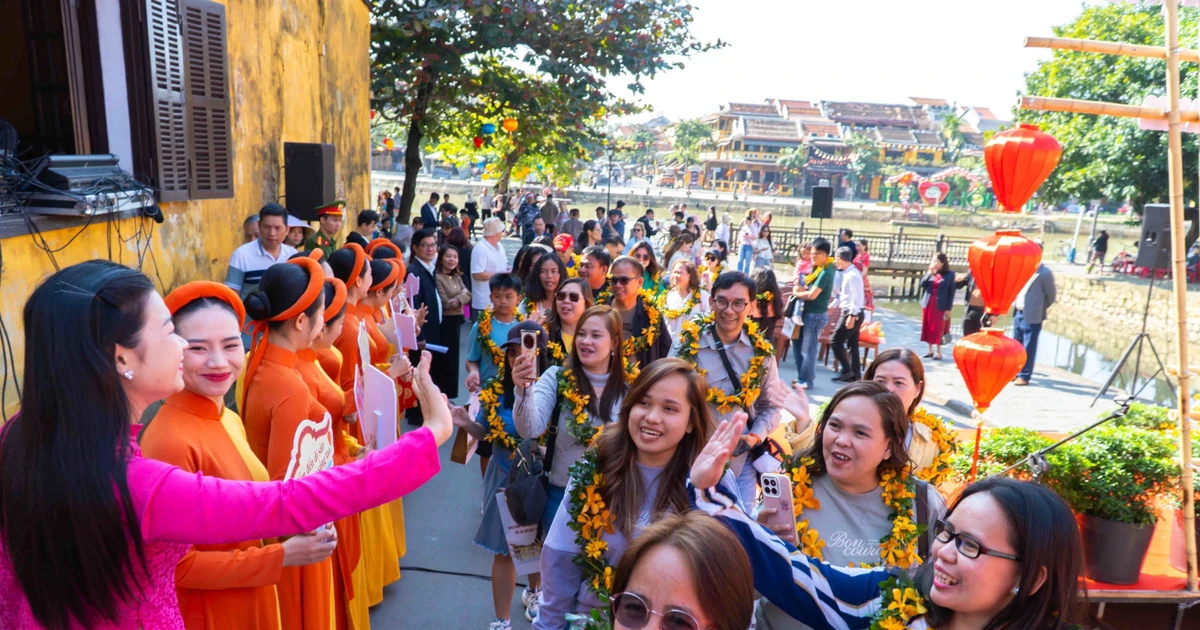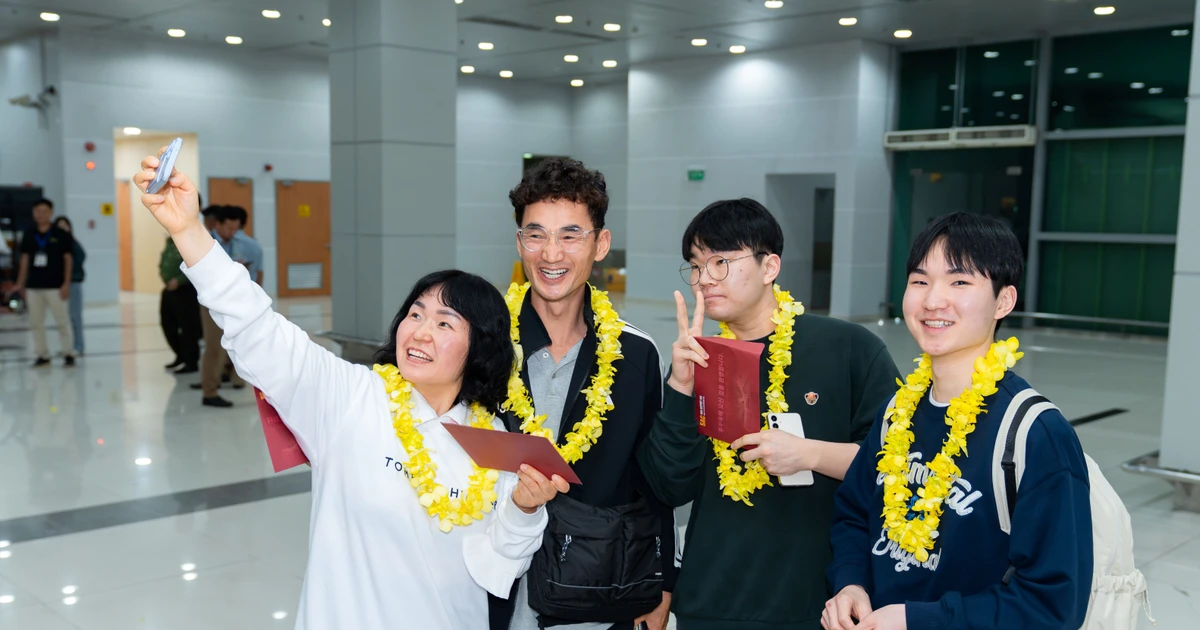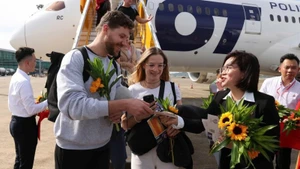Touchless travel trend
No-touch while traveling after COVID-19 pandemic not only refers to limiting person-to-person contact as well as contact with objects and surfaces, but also to travel experience with automated devices and technologies.

With touchless post-COVID-19 travel, all information will be updated with modern technology systems. (Photo: Lufthansa)
With touchless post-COVID-19 travel, all information will be updated with modern technology systems. With this new travel trend, every process at the check-in counter and the front desk will be automated, including electronic check-in, electronic payment, electronic customs declaration, facial recognition, and more.
Planes, tourist destinations, restaurants and hotels also provide many modern touchless devices such as touch-sensitive faucets and automatic opening/closing doors, making travel activities safer and more convenient.
Staycation: Economical and effective travel
Staycation is a form of travel within close proximity, which means you will experience travel locally. Staycation is an opportunity for you to discover interesting things near your living area that you have missed before.
In Vietnam, this post-COVID-19 tourism trend has gradually become popular since 2019. And as the pandemic has not shown any signs of being completely under control, this tourism trend is still loved by travel enthusiasts.
This form of tourism also helps to limit the risk of disease spread and save considerable costs.
Wellness travel on the rise
According to a forecast of the World Tourism Organisation (UNWTO), tourism associated with health will grow strongly in the post-COVID-19 era. The Global Wellness Institute (GWI) revealed that this type of tourism could reach revenue of US$919 billion in 2022.

Wellness tourism will be popular after COVID-19 pandemic. (Photo: CTV)
Wellness tourism is a travel service that focuses on relaxation, beauty, and healthcare. When traveling, visitors can participate in meditation courses, yoga, nursing, hot mineral baths, etc., to balance physical and mental well-being.
The core purpose of wellness tourism is physical recovery and mental regeneration.
Travel towards isolated and little-known areas
In order to travel safely while the pandemic is not yet completely under control, many people tend to go to unspoiled lands and isolated places. It can be the quiet countryside away from the noisy city, a resort in the high mountains, or remote islands and beaches.
Isolated and remote locations not only bring about tranquillity but also absolute peace of mind as these places often serve small numbers of tourists, helping to minimise the risk of disease spread.
